Outpatient and IOP Treatment

What is Outpatient Treatment or IOP ?
Outpatient treatment is a form of substance use care that allows people to receive more limited therapy and support without overnight stays. Unlike inpatient rehab, where folks stay at the facility full-time, in outpatient treatment patients live at home
Outpatient addiction care options are best suited for people who’ve already completed detox or residential treatment. Outpatient treatment includes counseling, group therapy, relapse prevention while the person stays engaged in daily activities, i.e. work, college, family life.
There are a few different levels of outpatient treatment with varying levels of intensity.
Below is a description of each :
Partial Hospitalization Program (PHP)
PHP is the most intensive form of outpatient care. Patients typically attend treatment 5–7 days a week for several hours each day. Think of it as a full-time commitment, but without the 24/7 clinical support and overnight stays of residential treatment. PHP can work for folks who need intensive addiction treatment and counseling but don’t require 24/7 clinical support. It’s often used as a step-down from residential care or a bridge for those at high risk of relapse.
Intensive Outpatient Program (IOP)
IOP offers addiction recovery support while giving people room in their schedule. Most IOP treatment sessions happen 3 days a week for 3 hours at a time. The focus is still on therapy, group sessions, and skills-building, but patients can return to work, school, or caregiving duties. IOP works well for people who’ve already stabilized in detox or inpatient settings and are ready to begin rebuilding their life with continued structure and accountability.
Standard Outpatient (OP)
This level is the least intensive and typically includes weekly or biweekly counseling sessions. It’s a good fit for folks in long-term recovery or those who need continued guidance and check-ins. OP is also sometimes used as part of a tapering plan—slowly easing out of more intensive care while still staying connected to support. Some people begin treatment at this level, but most begin with detox and residential treatment. Standard outpatient is usually last.
When Outpatient Isn’t Enough
It’s important to know that outpatient treatment—especially IOP or standard OP—is not a substitute for medical detox or inpatient rehab. If someone is still actively using, going through withdrawal, or in crisis, they need a higher level of care and 24-hour support.
Trying to tackle severe addiction with outpatient treatment alone is a little like trying to fix a serious car problem with duct tape—it might hold for a minute, but you can’t count on it for the long haul.
Inpatient detox provides medical safety and structure during those first fragile days. Residential (inpatient rehab) give you room to dig into the roots of addiction, away from outside triggers. Outpatient services are most effective when they come after the storm has passed—helping folks maintain momentum, reinforce recovery tools, and stay grounded as they re-enter everyday life.


Planning What Comes After Detox and Rehab
While Clear Path Recovery Center does not offer outpatient services in-house at the moment, we believe they can be a valuable part of long-term recovery. As part of our discharge planning, we help connect patients with reputable outpatient programs that match their clinical needs and personal circumstances. Recovery doesn’t stop when you leave rehab—it evolves, stretches, and grows with you. Outpatient care is one of many ways to keep the foundation strong as life moves forward.
Ready to talk or have more questions?
Call (417) 448-6488 or tell us how we can help using this form.
Take the First Step Toward Clarity
Let us know how we can help and we’ll reach out to you soon!
